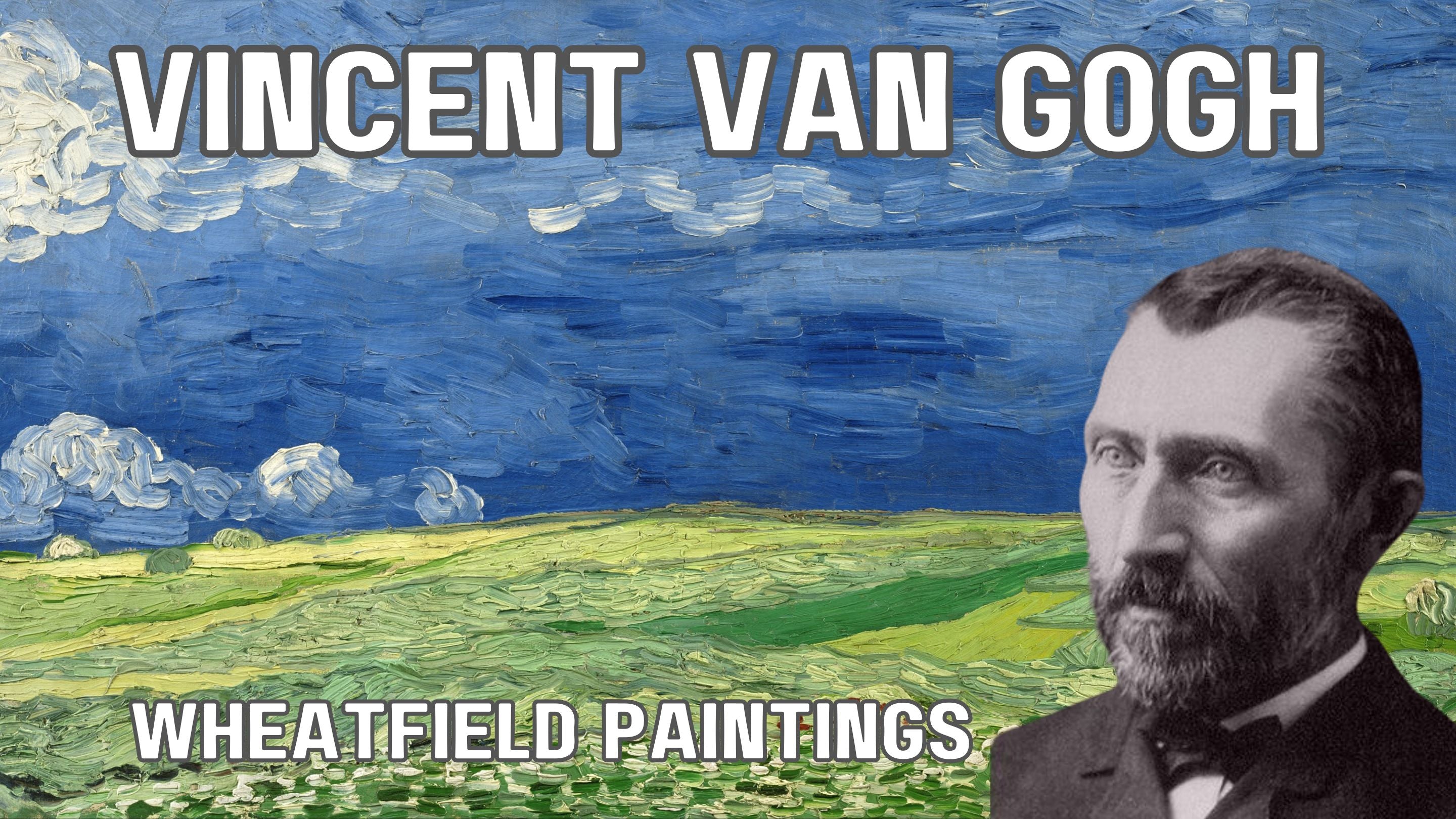Table of Contents:[hide]
Vincent van Gogh's Wheat Fields series stands as a testament to his deep spiritual beliefs, profound connection to nature, and relentless pursuit of artistic expression. Through vibrant colors and symbolic imagery, van Gogh transformed ordinary landscapes into profound reflections of the human condition.
Unveiling Wheat as a Subject
Van Gogh's journey as an artist was intertwined with his quest for meaning and spirituality. Failing to find fulfillment in ministry, he turned to art as a means of expressing his deepest thoughts and emotions. The wheat fields became a canvas for his exploration of the interconnectedness of religion, art, literature, and nature.
Spiritual Significance: A Metaphor for Life
For van Gogh, the wheat fields held profound spiritual significance. Inspired by Biblical teachings, he saw them as metaphors for humanity's journey through life, with themes of growth, struggle, and renewal woven into the fabric of his paintings. The image of the sower, in particular, resonated deeply with van Gogh, symbolizing the eternal cycle of sowing and reaping.
Connection to Nature: A Source of Inspiration
Van Gogh's love for nature was palpable in his work, with the wheat fields serving as a backdrop for his exploration of the human experience. He saw in nature a reflection of his own inner turmoil and sought solace and meaning amidst the beauty of the natural world.
The Role of Color: Expressing Emotion
Color played a pivotal role in van Gogh's wheat field paintings, allowing him to convey emotion and intensity in ways that words alone could not. His use of complementary colors and bold brushstrokes created vibrant, dynamic compositions that captured the essence of the landscapes he portrayed.
Journey Through Periods: Nuenen to Saint-Rémy
From his early works in Nuenen to his later paintings in Saint-Rémy, van Gogh's wheat fields evolved alongside his artistic vision. Each period brought new insights and techniques, culminating in a body of work that continues to captivate audiences around the world.
Final Thoughts: A Legacy of Beauty and Meaning
Vincent van Gogh's Wheat Fields series stands as a testament to the power of art to transcend the boundaries of time and space. Through his paintings, he invites us to contemplate the beauty of the natural world and the profound mysteries of the human spirit.
Vincent van Gogh Wheatfields Paintings - FAQ's
-
What inspired Vincent van Gogh to paint wheat fields?
- Van Gogh was inspired by his deep spiritual beliefs, connection to nature, and appreciation of manual laborers. The wheat fields symbolized themes of growth, struggle, and renewal that resonated deeply with him.
-
How many paintings did van Gogh create featuring wheat fields?
- Van Gogh created dozens of paintings depicting wheat fields throughout his artistic career. These paintings evolved in style and technique, reflecting his progression as an artist.
-
What is the significance of wheat in van Gogh's paintings?
- Wheat symbolizes various themes in van Gogh's work, including the cycles of life, humanity's connection to nature, and spiritual growth. It serves as a metaphor for the human experience and the passage of time.
-
Did van Gogh paint wheat fields in different locations?
- Yes, van Gogh painted wheat fields in various locations, including the Netherlands, Arles, Saint-Rémy, and Auvers-sur-Oise. Each location influenced his artistic style and interpretation of the subject matter.
-
What role does color play in van Gogh's wheat field paintings?
- Color plays a significant role in van Gogh's wheat field paintings, allowing him to convey emotion and intensity. He used vibrant, contrasting colors to evoke mood and atmosphere in his compositions.
-
How did van Gogh's perception of wheat fields evolve over time?
- Van Gogh's perception of wheat fields evolved alongside his artistic vision. His early works in Nuenen were more subdued, while his later paintings in Arles and Saint-Rémy became more vibrant and expressive.
-
What is the significance of the sower in van Gogh's wheat field paintings?
- The sower is a recurring motif in van Gogh's wheat field paintings, symbolizing the eternal cycle of sowing and reaping. It represents themes of growth, renewal, and the passage of time.
-
How did van Gogh's personal struggles influence his wheat field paintings?
- Van Gogh's personal struggles, including his mental health issues and feelings of isolation, are reflected in his wheat field paintings. They serve as a means of expressing his inner turmoil and seeking solace in nature.
-
What artistic techniques did van Gogh use in his wheat field paintings?
- Van Gogh employed various artistic techniques in his wheat field paintings, including bold brushstrokes, contrasting colors, and dynamic compositions. He experimented with texture and movement to create visually striking images.
-
What is the legacy of van Gogh's wheat field paintings?
- Van Gogh's wheat field paintings have left a lasting legacy in the art world, inspiring generations of artists and art enthusiasts. They continue to be celebrated for their emotional depth, vibrant colors, and profound symbolism.
Prints and Canvas Panels
Related Articles
Decoding the self portraits of Vincent van Gogh
Van Gogh Flower Paintings
Vincent van Gogh Biography
Vincent van Gogh Olive Tree Series








